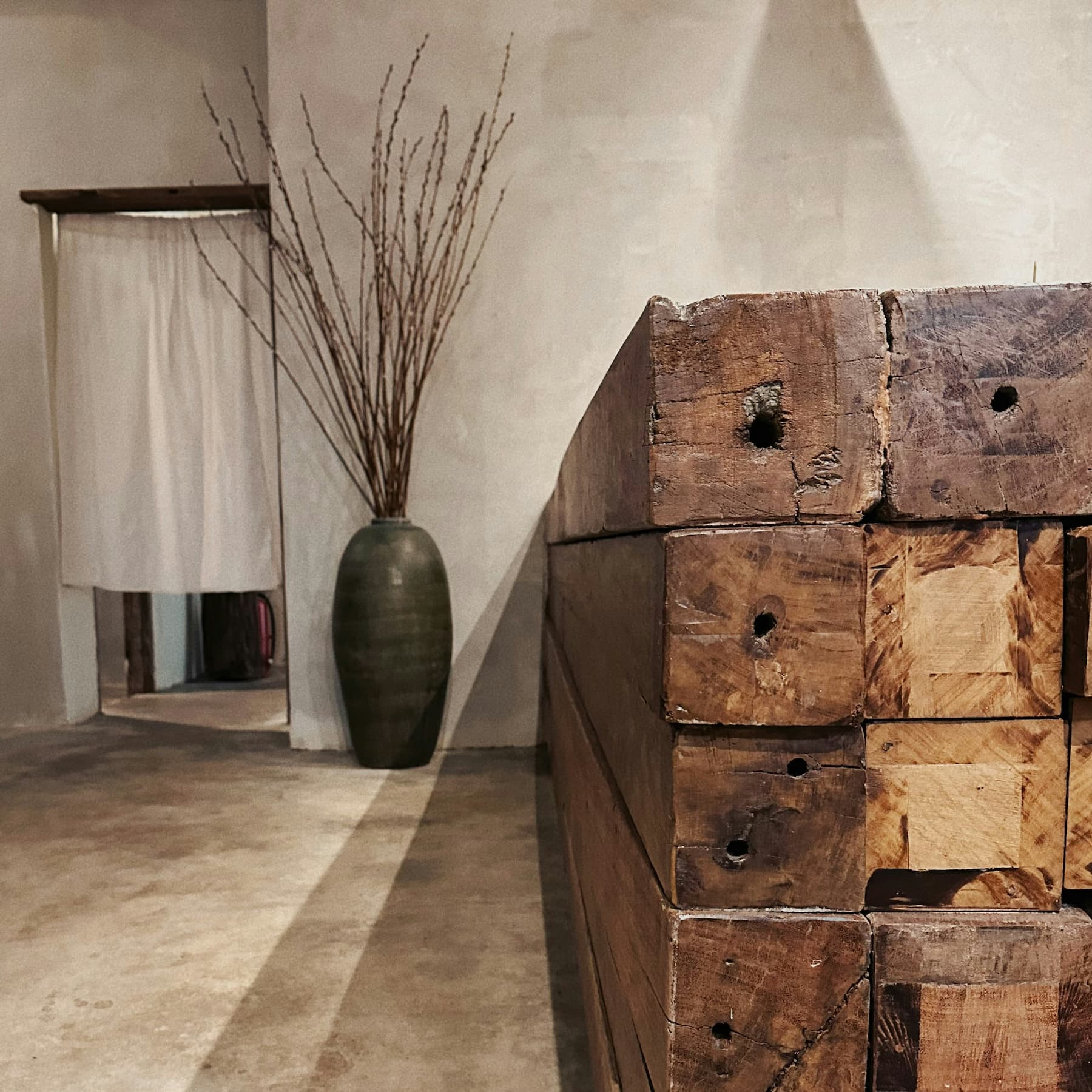In a world obsessed with glossy perfection and machine-made precision, there’s a quiet revolution happening in homewares design. More designers and homeowners are turning to wabi-sabi—the Japanese philosophy that finds beauty in imperfection and impermanence. This centuries-old aesthetic approach isn’t just influencing contemporary design; it’s offering a refreshing antidote to our culture of mass production and disposability.
Understanding Wabi-Sabi
Wabi-sabi resists simple definition. It’s a worldview steeped in Zen Buddhism that embraces the flawed, the weathered, and the naturally imperfect. Originally, “wabi” referred to the loneliness of living in nature, while “sabi” described the beauty that comes with age and wear. Together, they form a concept that celebrates authenticity, simplicity, and the marks of time.
Unlike the Western pursuit of flawlessness, wabi-sabi finds profound beauty in:
- Natural irregularities and asymmetry
- Visible signs of craftsmanship
- Materials that change and age gracefully
- Objects that reveal their history and use
- Simplicity that highlights essential qualities
From Ancient Tea Houses to Modern Living Rooms
Traditional expressions of wabi-sabi are most visible in Japanese tea ceremonies, where irregularly shaped, hand-formed vessels are treasured precisely because of their uniqueness. Today’s designers are translating these principles into contemporary homewares that speak to our yearning for authenticity and connection.
This isn’t about manufacturing “fake” imperfections. Rather, it’s about embracing natural materials, honoring traditional craftsmanship, and celebrating the distinct character that emerges when we resist over-processing and standardization.
Wabi-Sabi in Contemporary Homewares
Ceramics: The Perfect Imperfect
Perhaps nowhere is the influence of wabi-sabi more evident than in contemporary ceramics. Artisans like Rachel Saunders and Janaki Larsen create pieces with:
- Gently warped edges that record the hand’s presence
- Varied glaze applications that create one-of-a-kind finishes
- Visible texture that invites touch
- Earth-toned palettes drawn from natural pigments
These objects reject machine-made uniformity in favor of pieces that feel alive and individual. A hand-thrown mug with slightly uneven edges doesn’t just hold your morning coffee—it connects you to the maker and reminds you of the beauty in life’s irregularities.
Textiles: Celebrating the Natural and Handmade
In textiles, wabi-sabi emerges through:
- Hand-loomed fabrics with subtle variations in weave
- Natural fiber linens that wrinkle and soften with use
- Hand-dyed pieces with gentle color variations
- Visible mending and patchwork that honor an object’s longevity
Brands like Fog Linen and Ambatalia embrace these principles, creating kitchen textiles and home fabrics that get better—not worn out—with use. Their imperfect beauty reminds us that a well-loved linen napkin, softened and slightly frayed at the edges after countless meals, carries a story that no factory-perfect replacement could tell.
Wood and Natural Materials: Accepting Nature’s Variations
Woodworkers embracing wabi-sabi principles often:
- Highlight natural grain patterns instead of hiding them
- Preserve knots, burls, and other “character marks”
- Use traditional joinery that becomes more beautiful with age
- Apply finishes that allow patina to develop over time
Furniture and accessories from designers like Hirashima and George Nakashima demonstrate how embracing a tree’s natural properties—rather than forcing it into standardized forms—results in pieces of profound beauty and individuality.
The Deeper Meaning: Beyond Aesthetics
Wabi-sabi homewares offer more than visual appeal. In our fast-paced, digital world, these objects provide:
- Tactile satisfaction that screens cannot deliver
- Mindfulness through engaging with objects that reward close attention
- Environmental sustainability through durability and timeless design
- Psychological comfort in accepting imperfection in our surroundings—and ourselves
When we surround ourselves with wabi-sabi objects, we’re not just making design choices—we’re embracing a philosophy that values authenticity over perfection, process over outcome, and uniqueness over uniformity.
Bringing Wabi-Sabi Home
Incorporating wabi-sabi into your home doesn’t require a complete design overhaul. Start with:
- A handmade ceramic serving bowl with unique glazing
- Linen napkins or tablecloths that aren’t pressed to perfection
- Wooden utensils that will develop character with use
- Hand-blown glassware with tiny bubbles or variations
Each imperfect, thoughtfully crafted piece becomes a small rebellion against mass production and a reminder to find beauty in the authentic and impermanent nature of life itself.
Wabi-Sabi’s Continuing Influence
As our lives become increasingly digital and distant from natural processes, the appeal of wabi-sabi will likely continue to grow. Its emphasis on connection—to materials, to craftsmanship, to the passage of time—offers exactly what many of us are missing in our hyper-connected yet oddly disconnected modern lives.
The next time you reach for a perfectly uniform, factory-made plate or vase, consider instead choosing something with a story, with character, with beautiful imperfections. In embracing wabi-sabi in our homewares, we don’t just change our surroundings—we shift our perspective on what constitutes beauty itself.
What wabi-sabi elements have you incorporated into your home? We’d love to hear about your favorite imperfectly perfect pieces in the comments below.

